So how do you manage knowledge whilst innovating?
It is all to do with social networking, which connects us all!
What many people see as an innovative trend in technology has a rich tradition that stretches back over a century. Did you know that even in the 1890s, leading sociologists studied this phenomenon? The roots of today’s top social media platforms like Facebook and Twitter can be traced back to this early work.
It’s important to remember that what may seem cutting edge does not always indicate new ideas.
This Week’s Top Reads:
-
- 19 Leadership Tips To Build An Organization That Succeeds With Or Without You
- 4 key ways partners sharpen digital transformation strategy
- 6 Reasons Real-Time Data Analytics is Beneficial for Your Business
- The evolution of the chief data officer (CDO) and what it means for businesses today
- Data Masking: The Core of Ensuring GDPR and other Regulatory Compliance Strategies
19 Leadership Tips To Build An Organization That Succeeds With Or Without You
Show Trust In Employees By Giving Them Autonomy
Great leadership is crucial to the success of any business—but what happens when you are not able to be there to lead your people for whatever reason? To ensure the continuous and smooth functioning of your company’s operations, it is important to take steps to create a self-sustaining organization.
Implementing processes, systems and structures that allow your team to operate seamlessly when you are absent is essential to effective leadership. Below, 19 Forbes Coaches Council members share key steps you can take as a leader in your company to make certain that things run smoothly even without your presence.
4 key ways partners sharpen digital transformation strategy
IT service providers employ methodologies, tools and platforms to keep initiatives on track. Their efforts aim to prevent projects from stalling before they deliver the goods.
Digital transformation projects often struggle to realize the promise of renewed business models, vastly improved efficiency and product innovation.
Indeed, cumbersome, slow-moving initiatives have compelled some enterprises to take a step back. Consulting firms and systems integrators, called on for advice in such matters, are reassessing conditions as well. The problems they’ve encountered include project scope and complexity, lack of focus, resistance to change and poor interoperability. Another issue: unpredictable market forces. Sudden changes can swamp a project before it has reached its objective.
Service providers pursue several approaches that aim to rescue stalled transformation efforts — or keep them from bogging down in the first place. Here’s an overview of the methodologies, tools and technical platforms currently employed for reinvigorating a digital transformation strategy.
6 Reasons Real-Time Data Analytics is Beneficial for Your Business
Staying on top of your data is key for every modern business. Simply having analytics software, however, is no longer enough.
There’s one universal truth for every modern organization. It doesn’t matter whether you’re starting a business or already established: to succeed, you need data. Of course, not just any data will do. For strong data-driven decision-making, you also need the best insights. Thankfully, due to data analytics tools, businesses of all sizes can dig deep into their data.
But as time moves on, simply having access to analytics is no longer enough. The most successful businesses are now using data to make near-instant decisions. How are they doing this? It’s all thanks to real-time data analytics.
You might not have heard of this tool. It is, however, essential for every business that wants to stay afloat in an increasingly data-dependent world. Luckily, this article is here to give you a helping hand. We’ll explain real-time data analytics and we’ll also explore some of the many benefits of using this tool.
The evolution of the chief data officer (CDO) and what it means for businesses today
The CDO is responsible for driving data-driven decisions through a business, making clear the need for this role at the C-suite level.
In 2015, Gartner defined the role of the chief data officer (CDO) as “a senior executive who bears responsibility for information protection and privacy, governance, data quality and life cycle management, along with exploiting data assets to create business value.” That is quite the list, but one that I’m sure any early CDO would likely recall and agree with.
Over the last eight years, the CDO has earned greater credibility across organizations and become a valued partner in the delivery of competitive business outcomes. The broad scope hasn’t changed, but the CDO now has greater power to influence strategy and prioritize activities.
Below I’ll outline the factors pushing this evolution and what the CDO’s blueprint looks like moving forward.
Data Masking: The Core of Ensuring GDPR and other Regulatory Compliance Strategies
This article has provided an overview of data masking and its importance in ensuring compliance with GDPR and other global regulations.
Privacy is not a product up for sale but a valuable asset that preserves the integrity of every individual. That’s just one of the many triggers that led to the formulation of the GDPR and several other global regulations. With the increasing importance placed on data privacy, data masking has become necessary for organizations of all sizes to maintain the security and confidentiality of personal information.
Data masking has a mission – to protect Personally Identifiable Information (PII) and restrict access whenever possible. It anonymizes and safeguards personal and sensitive information. That’s why it applies to bank accounts, credit cards, phone numbers, and health and social security details. No Personally Identifiable Information (PII) is visible during a data breach. You can also set additional security access rules within your organization.
Article by @hypeinnovation
In the 1970s, Walker’s Wagon Wheel Tavern sealed its role in innovation history. Its name perfectly captured what took place there – like spokes on a wheel, people converged and the air was full of conversation on a Friday night. Ideas flew around, many of which crashed and burned. But some fused, became something bigger, gained momentum, and grew into new businesses. The tavern’s location was key – Mountain View, San Francisco, close to the emerging technology cluster of startups, big electronics firms like Fairchild Semiconductor, and the sprawling campus of Stanford University…. Silicon Valley as it was to become.
Of course, the Silicon Valley of today is different – not least because of the shift in industrial and technological priorities. The 1970s were all about the exploding new world of possibilities around microelectronics. Today, the region is a crucible for new thinking on artificial intelligence, smart connected devices, and the Internet of Things: Industry 4.0.
In particular, it’s about the emerging new thinking on mobility – not just cars, trucks, and buses but a whole new industry involving new players mixing with the old, mechanical technologies meeting the virtual software and hardware combining in evermore exotic variants. Tesla, Google, and Apple are rubbing shoulders with Toyota, Daimler, Ford, and GM, bumping into NVidia, Uber, and Didi, and mingling with tiny startups like Cruise Automation and Pivotal
THE DIGITAL EYE
I hope these articles are valuable.
I am passionate about technology, and I want to share that passion with you. I believe that it’s essential for everyone to stay up-to-date on the latest trends, so I’ve set out to cover all aspects of the industry – from data analytics to blockchain and AI.
Please let me know if you want to see any other topics covered, and I would appreciate your help sharing this blog with others interested.



